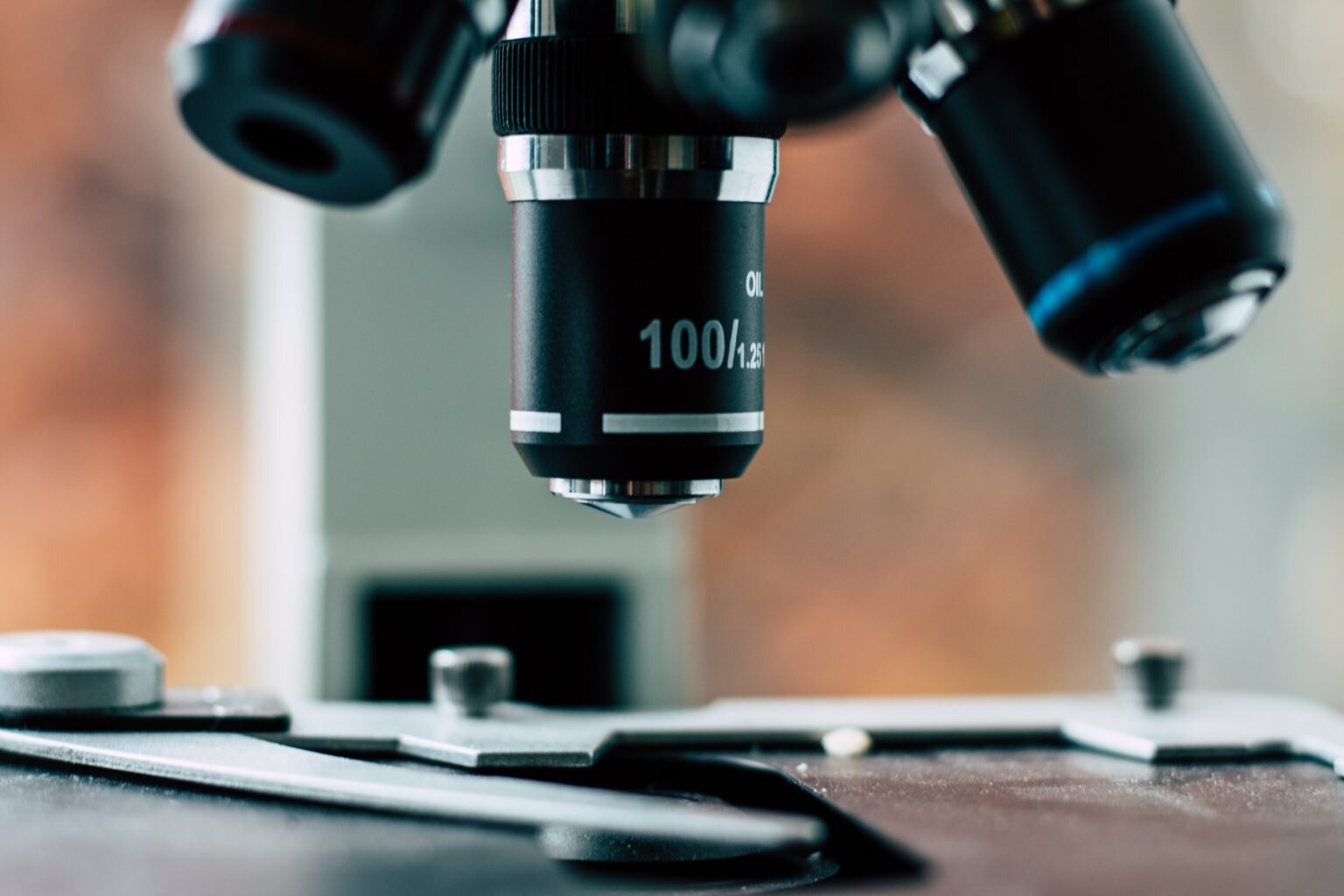Fetal Tissue and The COVID-19 Vaccine
After tweeting that the two vaccines trials gaining most attention — Pfizer (90% effective) and Moderna (94.5% effective) — did not involve fetal cells, a fellow ethicist and friend helpfully contacted me and said the issue is more complicated than it first appears. In the interest of accuracy and truthfulness, I want to clarify and correct the record based on the full data I now have.
The two articles I read at National Review Online by Wesley J. Smith (here and here) did indeed give the impression that these vaccines in no way involved the complicated issue of cell lines developed from the cellular tissue of aborted children from decades ago.
It is technically accurate that the vaccines in focus here were not developed using fetal cells, but it appears that confirmatory tests to determine the effectiveness of the vaccine did in fact use fetal cells.
This helpful chart at the Charlotte Lozier Institute is tracking the development of vaccines and in both the Moderna and Pfizer columns, readers will notice that HEK-293 cell lines were in fact used in confirmatory tests. So, unfortunately, it appears that the two articles at National Review are missing the whole picture.
Now, the issue is even more complicated by the fact that it is not absolutely clear that HEK-293 cells were in fact developed from a child that had been aborted. New evidence has entered into the equation that questions the certainty that abortion was behind the HEK-293 cell line.
Let me be very, very clear: Regardless of whether the vaccines were developed from fetal tissue, that does not change the overall licitness of using the vaccines. The debate over fetal tissue is not just about whether fetal cell tissue determines the licitness or illicitness of the vaccine, but whether there is an additional ethical step to consider in its overall licitness. As philosopher Christopher Tollefsen summarizes, “There is neither material nor formal cooperation with the 1970s abortion in the use of HEK cells, for there is no cooperation with that abortion at all. The wrongful act at issue was performed decades ago, and is not part of a recurring pattern or project. The actions of the wrongdoers are beyond our reach, and so there is no possibility of cooperation of any sort.” No additional abortions were needed in the development of these vaccines, nor is it certain the original abortions were performed for the sake of research or developing vaccines. The fetal tissue was used after the fact.
The short moral equation to consider are the issues of (1) Procurement; (2) Cooperation; (3) Appropriation. It seems the best case scenario will mean that vaccine development will occur with some degree of illicit procurement looming in the background, yet individuals who utilize the vaccine are not guilty of cooperating with or perpetuating intrinsic evil, and, finally, a prior or antecedent intrinsically unjust act could be appropriated for proportionately beneficial ends. We can concede the ethical validity of vaccine use, while not making total peace with the means of its development.
Five articles at Public Discourse, where I serve as a contributing editor, help walk through the ethical contours to arrive at the conclusion that it is permissible to use a vaccine developed from abortive fetal cell lines, regretful though it is that the abortions occurred in the first place, and while continuing to make recommendations that alternative methods take priority.
It’s Unethical to Use Fetal Tissue in COVID-19 Research
Research Using Cells of Illicit Origin and Vaccines from Fetal Tissue
Moral Guidance on Using COVID-19 Vaccines Developed with Human Fetal Cell Lines

